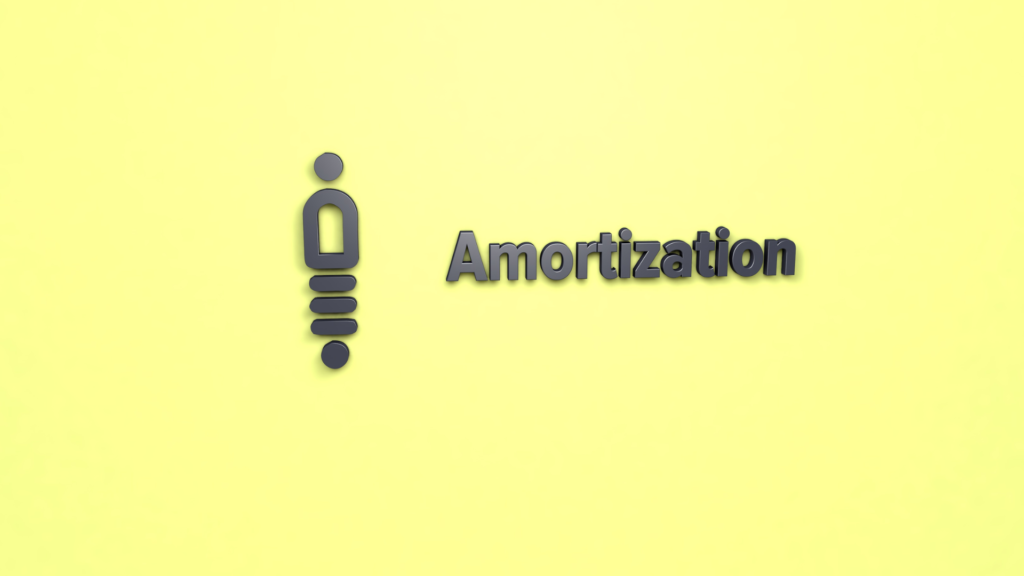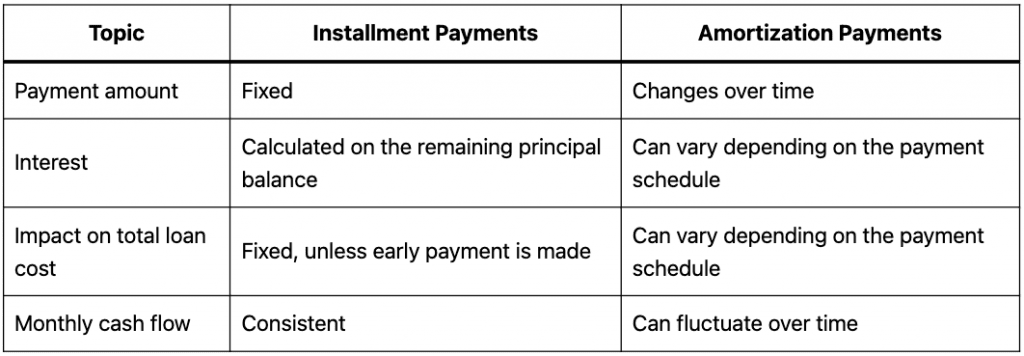
They offer a roadmap for financial obligations, allowing inventors to anticipate cash flow needs and make informed decisions about their patent strategies. Once capitalized, patents are recorded as intangible assets on the balance sheet. Unlike tangible assets, patents do not depreciate but are subject to amortization. The amortization period typically aligns with the patent’s useful life, which is often the legal life of the patent, usually 20 years from the filing date. However, if the economic benefit is expected to last for a shorter period, the amortization schedule should reflect this reduced timeframe.
How to Account for a Patent
Before learning how to account for intangible assets, you need to understand what intangible assets are. Intangible assets can be difficult to understand and incorporate into the decision-making process. In this section we explain them in more detail and provide examples of how to amortize each type of intangible asset. Divide your result by the patent’s useful life to determine its amortization expense each period. The Amortization of Intangible Assets is the accounting process whereby purchases of non-physical intangibles are incrementally expensed across their appropriate useful life assumptions.
Determine the Patent’s Amortization Expense
Both the truck and the patent are used to generate revenue and profit over a particular number of years. Since the truck is a physical asset, depreciation is used, and since the rights are intangible, amortization is used. Assume, for example, that a construction company buys a $32,000 truck for contractor work, and that the truck has a useful life of eight years. The annual depreciation expense on a straight-line basis is the $32,000 cost basis minus the expected salvage value—in this case, $4,000—divided by eight years. The annual deprecation for the truck would be $3,500 per year, or ($32,000 – $4,000) ÷ 8. Large corporations, on the other hand, may use patents to maintain market dominance and engage in cross-licensing agreements with competitors.
Microsoft’s Goodwill
As technology progresses and the patent’s value diminishes, the company reassesses and switches to a straight-line method, smoothing out the expenses over the remaining useful life. A patent is a type of intangible (not physical) asset that gives a business annual recurring revenue arr formula calculator the legal right to make and sell a product exclusively for a fixed period of time. When your small business buys a patent from a third party, generally accepted accounting principles, or GAAP, require you to amortize the cost in your accounting records.
For example, under GAAP, research and development costs are generally expensed as incurred, but certain costs related to securing a patent, such as legal fees, may be capitalized if they meet specific criteria. Adhering to these standards ensures consistency and comparability in financial reporting. Deciding whether to capitalize or expense patent costs is a critical financial decision for businesses. This choice can significantly influence both the company’s financial statements and its tax obligations, making it essential for stakeholders to understand the implications fully. A patent provides valuable legal protection for the intellectual property that your business has developed, and it gives your company the right to design, manufacture and sell a unique product. Without a patent, anyone can use the proprietary technology or design you invented to make a product and undercut your chances for success.
- In either case, the process of amortization allows the company to write off annually a part of the value of that intangible asset according to a defined schedule.
- If the market value of goodwill is found to be lower than the book value, then goodwill needs to be reduced to its market value.
- Amortization and depreciation are yearly quantities reported on an organization’s balance sheet and earnings statement.
- Similar to depreciation, amortization is effectively the “spreading” of the initial cost of acquiring intangible assets over the corresponding useful life of the assets.

The distinction between the amount an organization pays to buy another agency and the book worth of the purchased firm is considered goodwill. Book worth is set by calculating the attained firm’s property at actual market worth. To calculate goodwill, subtract the attained firm’s liabilities from the actual market worth of the property. Actual market worth is the quantity the property can sell for on the open market. After goodwill is calculated, estimate the useful lifetime of goodwill and amortize the intangible asset.
The goal is to match the patent’s cost with the revenue it generates, thereby reflecting a more accurate financial picture. This process not only aids in financial reporting but also has implications for tax planning. Different strategies can be employed to maximize the benefits of patent amortization, and these can vary based on jurisdiction, the nature of the patent, and the specific business model of the patent holder. Amortization of patents is a nuanced process that requires careful consideration of various factors to ensure accurate financial reporting. Unlike physical assets that depreciate over time due to wear and tear, patents are intangible and their value diminishes as the exclusive rights they confer approach expiration. However, the useful life may be shorter if the economic benefits are expected to wane earlier.
Legal fees represent a significant portion of the total cost of obtaining a patent. These fees are paid to patent attorneys or agents who assist in drafting, filing, and prosecuting the patent application. The complexity of the invention and the thoroughness required in the application process can drive these costs higher. For example, a straightforward utility patent application might cost between $5,000 and $10,000 in legal fees, while more complex cases can exceed $15,000.
